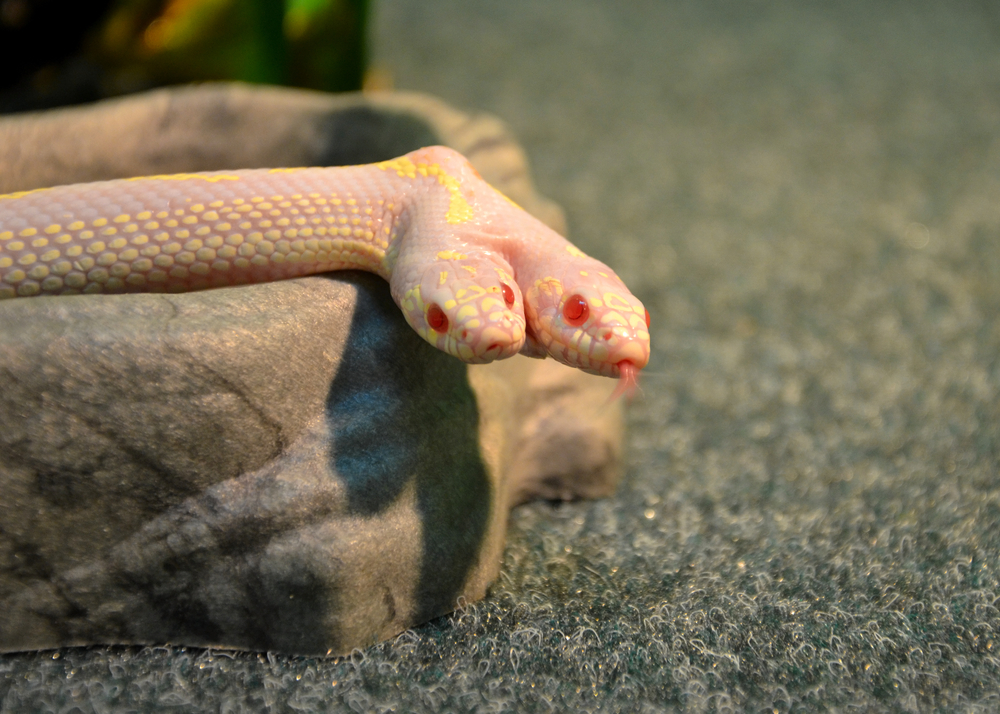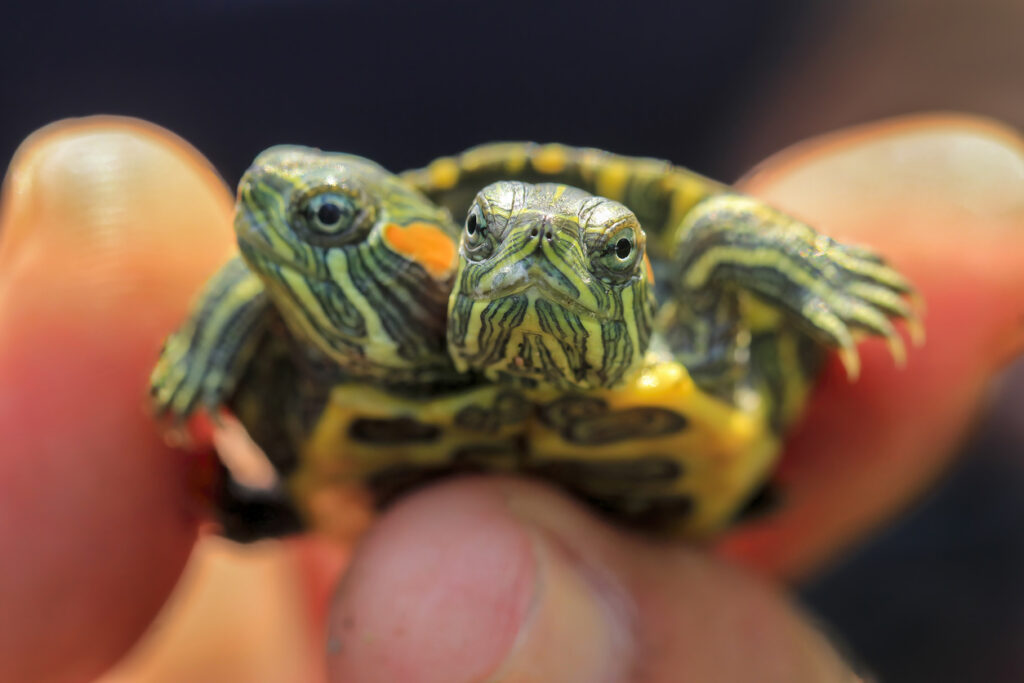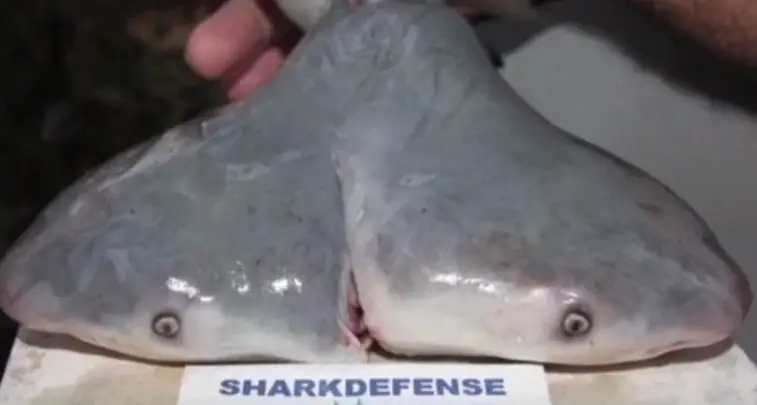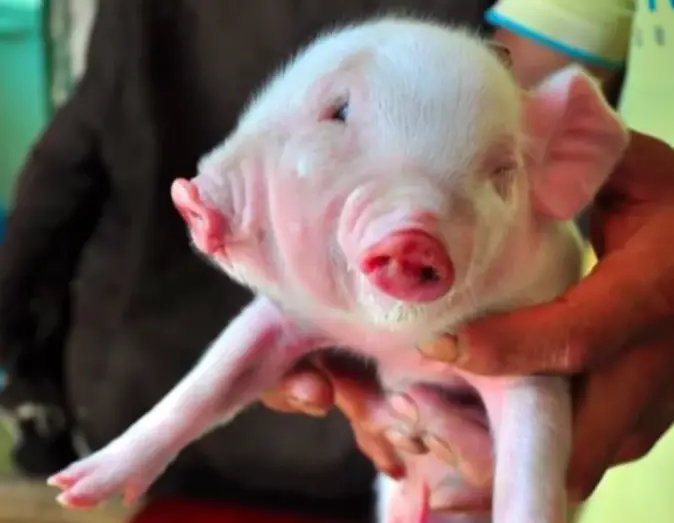1. Two-Headed Snakes

Two-headed snakes, also known as bicephalic serpents, are the reptile world’s answer to “wait, what am I looking at?” This rare condition occurs during embryonic development, when twin embryos fail to fully separate—resulting in one slithering body with two fully functional noggins. Each head can operate independently, which sounds cool until they fight over which direction to go… or who gets the mouse. They don’t tend to live long in the wild (nature isn’t big on indecision), but some in captivity have thrived for years. One famous example? “Tiger” and “Panther,” a two-headed albino rat snake who lived nearly two decades. It’s freaky, fascinating, and straight-up biblical. Source: National Geographic
2. Two-Headed Turtles

If you think turtles are slow, imagine two brains debating every turn. Two-headed turtles pop up occasionally in pet stores, zoos, and viral TikToks, often sharing one shell and a set of limbs—but two very different agendas. Some heads cooperate beautifully; others bicker like reptilian roommates who forgot who’s supposed to drive. They’re usually red-eared sliders or snapping turtles and can survive surprisingly well with proper care. One famous turtle duo, “Thelma and Louise,” lived in Texas and even celebrated birthdays with cake (lettuce). They’re walking proof that even in the animal kingdom, teamwork is… complicated. Source: Discover Magazine
3. Two-Headed Calves

Born once in a blue moon, two-headed calves are the farm’s most surreal surprise—and they’re not Photoshop. Like most bicephalic animals, this happens when an embryo tries to become twins and doesn’t quite finish the job. Some calves are born with two full heads and necks, while others share more tissue—but either way, it’s a veterinary marvel. Most don’t survive long due to complications, but a few have lived for weeks, even months, with around-the-clock care. They often become local legends, attracting curious visitors and news crews faster than you can say “double mooo.” It’s sad, stunning, and strangely sweet. Source: USA Today
4. Two-Headed Cats

Yes, there are real cats with two faces—and no, they’re not AI-generated nightmares. These rare felines are known as “Janus cats,” named after the Roman god with two faces, and they usually have one brain controlling both snouts. Most are born with severe deformities and don’t survive, but one named Frank and Louie lived for a record-breaking 15 years. He had two mouths, two noses, and three eyes—but only one charming, chill personality. He was gentle, loved cuddles, and even purred like a regular cat… just with an extra set of whiskers. You haven’t truly experienced the internet until you’ve seen a cat that could literally give you two side-eyes at once. Source: Wikipedia
5. Two-Headed Sharks

Two-headed sharks sound like something from Sharknado 8, but they’re very real—and very weird. Most are discovered as embryos in shark egg cases, often during scientific studies or fishing hauls. The causes are still being researched, but genetic mutations, pollution, and inbreeding are all suspected culprits. These sharks usually don’t survive to adulthood, but they make quite the splash (pun intended) when discovered. One two-headed bull shark embryo found in Florida sparked international headlines and a collective “wait… what?” Scientists say they’re rare, but increasingly reported—because of better tech or because nature is officially glitching.
6. Two-Headed Lizards

Lizards are already quirky little creatures—but give one a second head, and suddenly it’s double the drama. Two-headed lizards, often born in captivity, are typically the result of conjoined twinning and are most commonly seen in bearded dragons or geckos. The two heads may share one body, but they rarely agree on who’s in charge of snacks, direction, or chill time under the heat lamp. While survival odds in the wild are low, captive two-headed lizards can live relatively normal (if awkward) lives with extra attention. Watching them try to coordinate movement is like watching someone steer a bike with two handlebars—and no brakes. It’s nature’s version of a very slow, very scaly tug-of-war.
7. Two-Headed Toads

As if toads weren’t strange enough with their bumpy skin and surprise hopping, some are born with two heads peeking out of one squat little body. These rare amphibians have been found in both wild and captive environments, often where pollution or developmental disruptions play a role. Each head may have its own personality—one alert and twitchy, the other chill and confused. Coordinating movement is a challenge, and survival in the wild is slim, but a few two-headed toads have made it long enough to become scientific curiosities. Their twin croaks and tug-of-war hopping style are part tragic, part fascinating. Honestly, it’s the kind of oddity that makes biology teachers giddy and the rest of us mildly speechless.
8. Two-Headed Pigs

Pigs are smart, social, and occasionally born with twice the snout—and yes, it’s as bizarre as it sounds. Two-headed piglets, while incredibly rare, have been documented all over the world, often becoming temporary local celebrities. They’re typically the result of incomplete twinning and often face health challenges that limit their lifespan. Some have been known to nurse, walk, and grunt like any other piglet, just with extra headcount. Farmers and veterinarians sometimes attempt to raise them with round-the-clock care, often naming both heads (because of course they do). It’s odd, fascinating, and surprisingly emotional—because even mutant piglets just want to snuggle and eat.
9. Two-Headed Fish

From salmon to catfish to even goldfish, two-headed fish have shown up in hatcheries, aquariums, and the occasional unlucky pond—looking like nature hit “copy-paste” and forgot to stop. These anomalies usually appear during early development, often due to genetic mutations, pollution, or overcrowding in breeding facilities. Some fish try to swim in two directions at once, while others seem to function as a surprisingly synchronized team. Survival in the wild is rare, but a few have been observed surviving longer in controlled environments. Researchers have studied them to understand environmental impacts on aquatic life, especially in areas with heavy chemical runoff. It’s equal parts sad, strange, and jaw-droppingly fascinating—like finding Dory with a backup co-pilot.


